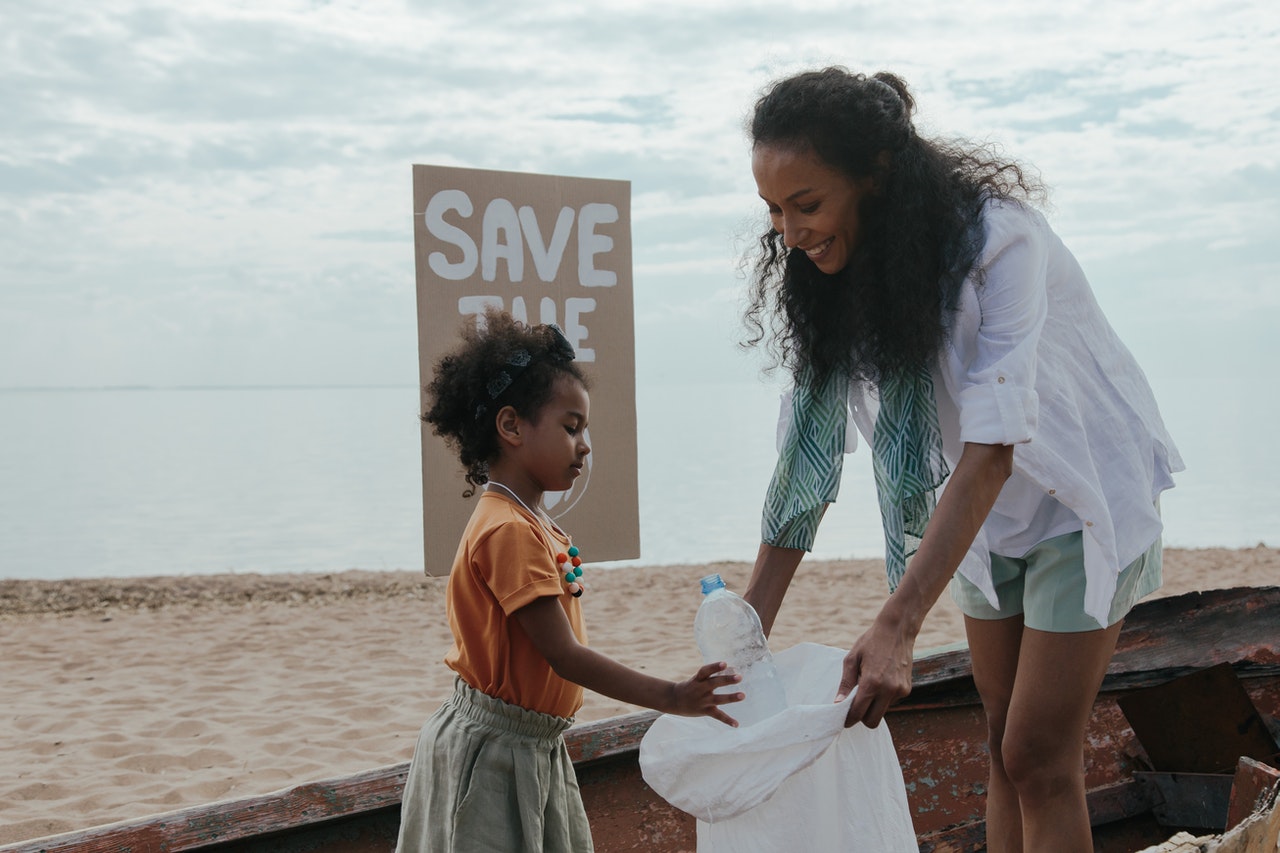
Sid Efromovich (32) grew up in Sao Paulo. As a child of wealthy parents, he looked out over the poverty around him. He knew he would later inherit a great fortune. That had to end up well. ‘I thought: my generation will later inherit billions. If we all donate to charity some of our wealth in the right way, we can solve many of the great challenges of my generation, such as climate change.’ After much research and conversations with strategic philanthropists, he founded Generation Pledge. Here children come together to learn what effective giving means. To him, the question was: what can you do as a parent?
How do I raise my child with impactful philanthropy?
Seeing is doing. I remember a cartoon of two mothers with their sons, next to each other on a bench. One couple looks at their smartphones, the other couple reads a book. Then the mother with the smartphone turns to the reading mother and asks: “How do you get him to read?” That’s how it works with philanthropy. A good example makes a good follow.
Ultimately, every parent hopes that their child can contribute to a world without suffering, in which everyone can fulfill their potential. That requires a connection with the world, an understanding of what the biggest but also solvable problems are. Make conversations about philanthropy part of everyday life, so that children come into contact with important topics in a natural way. Make sure they are aware of their position, that they know where they can get good information from to delve into the problems of their generation.
We should give more, just as we manage our assets: with maximum return. Then we can make a much bigger difference. Wondering how you and your children can learn this? Involve them in the conversation with your philanthropy advisors, that is possible from a young age. Or take a course on effective philanthropy – together or alone, for example at Effective Giving or at ABN Generation Next Academy. For younger children, opt for a home workshop.
How do I ensure that we are on the same page?
Include your children’s preferences in your philanthropic portfolio. Let them explain why they find a goal important and how their donation will have an impact on the chosen goal. Ask your children questions: why do they believe this approach works better than an alternative? How do you ensure that you know what impact your donated euros make? How do you get the right information? If your children’s goals aren’t fully aligned with your own, make room in your portfolio for your children’s priorities. A new generation always makes different choices. Make sure there is room within your philanthropic portfolio for different donation priorities and distribution. As long as the donation is made effectively and thoughtfully, you can continue to motivate your children to donate. This increases the chance that family philanthropy will continue for generations.
ALSO READ: 5 Ways To Get Your Teen Make A Healthier Video Game Habit
How do I make the most difference?
You achieve the most with your assets if you focus on large-scale problems that receive little attention, but that can be solved with philanthropy. This may seem like a tricky task, but you don’t have to do it alone. Organizations such as the Open Philanthropy Project have been developing frameworks for years with which we can increase the impact of our philanthropy. For example, they recommend the SNS framework to choose focus areas. This framework stands for scale, neglect, and solvability. This leads to focus areas where you can make as much impact as possible with the same money. If you think, for example, of the effects of intensive livestock farming, little research is being done on this and little money is going into it. The opportunity to make a difference is great.
Then you want to find the most effective solutions in those focus areas, there is help there too. Independent research organizations assess which approaches are most effective and which organizations implement them most efficiently. A kind of Consumers’ Association for charities. If it concerns large philanthropic amounts, it is advisable to engage a professional philanthropy advisor.
Four practical tips
1. Start young
You can donate at any level and at any age. For example, let young children donate cuddly toys or books to people who need them or let them put their pocket money aside. Some families let their children choose a new goal within family philanthropy in addition to presents on their birthday. In this way, they learn to develop their values and goals at a young age.
2. Make donations tangible
For example, do volunteer work together (abroad). When children see with their own eyes what money can do, goals become a lot more concrete. Talk about setting up actions, projects, and results, but also discuss what you are up against.
3. Focus on independence
Do you want to give your children an active role later in life? Then set aside a small amount for which they can jointly find a good destination. It is also possible to have the youngest generation scout their projects within philanthropy, for example under the guidance of an advisor. In this way, they learn more about effective giving and their own goals.
4. Start the conversation
The next generation sometimes has a different view of “doing good”. It is often very valuable to talk to each other. Think, for example, of involving children in the selection of charities or a family foundation. Do you also want to talk to your children and family? We are happy to help you.
